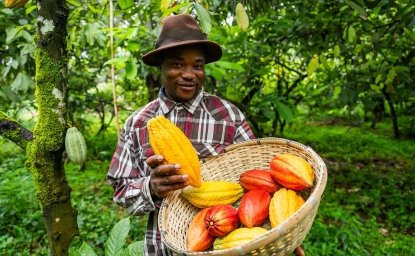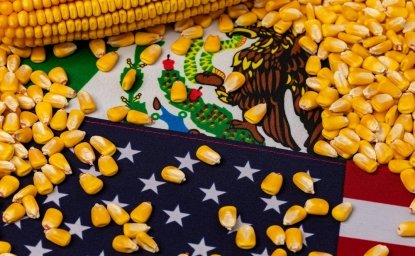The American Steppes; The Unexpected Russian Roots of Great Plains Agriculture, 1870s–1930s



-
Beginning in the 1870s, migrant groups from Russia's steppes settled in the similar environment of the Great Plains. Many were Mennonites. They brought plants, in particular grain and fodder crops, trees and shrubs, as well as weeds. Following their example, and drawing on the expertise of émigré Russian-Jewish scientists, the US Department of Agriculture introduced more plants, agricultural sciences, especially soil science; and methods of planting trees to shelter the land from the wind. By the 1930s, many of the grain varieties in the Great Plains had been imported from the steppes. The fertile soil was classified using the Russian term 'chernozem'. The US Forest Service was planting shelterbelts using techniques pioneered in the steppes. And, tumbling across the plains was an invasive weed from the steppes: tumbleweed. Based on archival research in the United States, Russia, Ukraine, and Kazakhstan, this book explores the unexpected Russian roots of Great Plains agriculture.
Author
David MoonFormer Short-Term Scholar;
Anniversary Professor, Department of History, University of York, UKKennan Institute
The Kennan Institute is the premier US center for advanced research on Eurasia and the oldest and largest regional program at the Woodrow Wilson International Center for Scholars. The Kennan Institute is committed to improving American understanding of Russia, Ukraine, Central Asia, the South Caucasus, and the surrounding region through research and exchange. Read more
Browse Insights & AnalysisExplore More
Browse Insights & Analysis
Environment and Security in the Great Lakes Region
Posted date/time:
Water Security at the US-Mexico Border | Part 1: Background
Posted date/time:
China and the Chocolate Factory
Posted date/time:
Ongoing Debate: The Prohibition of GMO Corn in Mexico
Posted date/time: